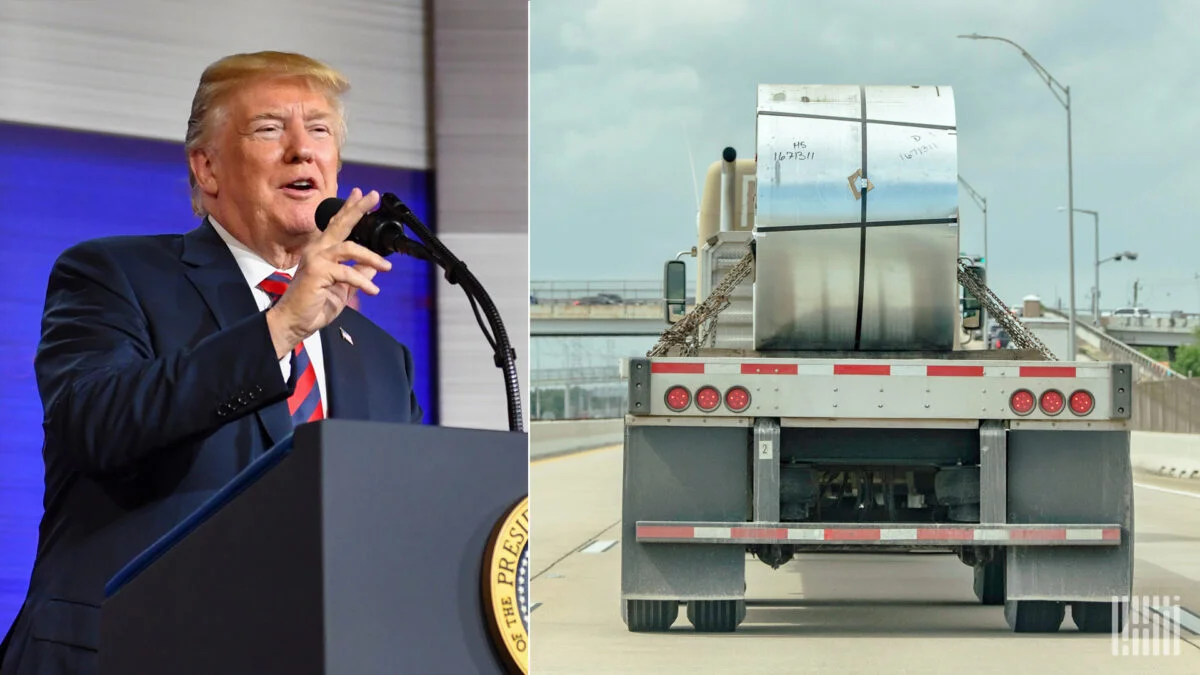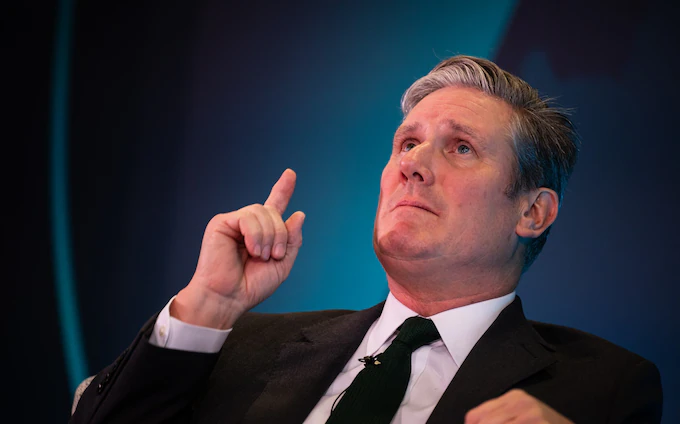President Donald Trump has imposed a 25% tariff on all steel and aluminium imports into the United States, marking a significant expansion of existing trade barriers. Despite warnings from key trade partners, including Canada, the US’s largest supplier of these metals, Trump insists the measure will strengthen domestic industry and production.
The tariffs are set to take effect on March 4, with no exemptions. “This is a big deal—the beginning of making America rich again,” Trump declared, emphasizing that the nation’s industries must rely on domestically produced steel and aluminium rather than imports.
Asked whether the tariffs could drive up costs for consumers, Trump responded, “Ultimately, it will be cheaper.” He also hinted at future tariffs targeting industries such as pharmaceuticals and computer chips, reinforcing his commitment to reshaping trade policies.
As the world’s largest steel importer, the US primarily sources its steel from Canada, Brazil, and Mexico. Canada alone accounted for over 50% of the aluminium imported into the US last year, making it the country most affected by the new tariffs.
Canadian officials swiftly condemned the move. Minister of Innovation François-Philippe Champagne called the tariffs “totally unjustified,” highlighting that Canadian steel and aluminium are integral to US industries such as defense, shipbuilding, and automotive manufacturing. Ontario Premier Doug Ford accused Trump of “shifting goalposts and creating chaos,” warning that the decision puts the North American economy at risk.
The Canadian Steel Producers Association urged the Canadian government to retaliate immediately, while Liberal MP Kody Blois stated that Canada is now exploring ways to reduce its economic reliance on the US. “This completely upends what has been a strong trade partnership,” he said in an interview with BBC Newshour.
Despite concerns, major US steel manufacturers saw share prices rise in anticipation of the tariffs. Cleveland-Cliffs, a leading steel producer, saw its stock surge nearly 20%, while prices for steel and aluminium also climbed.
Market reaction, however, remained cautious, with investors recalling Trump’s history of announcing tariffs only to later modify or delay them. In 2018, Trump introduced similar tariffs—25% on steel and 15% on aluminium—but later negotiated exemptions for several countries, including Australia, Canada, and Mexico.
Economists are divided on whether the new tariffs are a negotiating tactic or a genuine attempt to bolster the US steel industry. Douglas Irwin, an economics professor at Dartmouth College, described the move as “a replay of 2018” and questioned whether it was aimed at pressuring other countries into trade talks or simply a long-term protectionist strategy.
Trump has recently imposed a 25% tariff on all Canadian and Mexican imports, only to postpone it for 30 days, while also levying a 10% duty on all Chinese goods entering the US, prompting retaliation from China.
Tariffs act as a tax on imported goods, raising costs for businesses reliant on foreign materials. World leaders have expressed concern that the US’s protectionist policies will make it more expensive for global companies to sell in the American market.
Trump sees tariffs as a tool to stimulate the US economy, safeguard domestic jobs, and generate revenue. However, past tariffs led to increased material costs for American manufacturers. According to the US International Trade Commission, the 2018 tariffs resulted in a 2.4% rise in steel prices and a 1.6% increase in aluminium prices.
Some conservative economists remain skeptical. Stephen Moore, a Trump campaign advisor and senior fellow at the Heritage Foundation, argued that steel and aluminium tariffs are not the best way to create jobs. Instead, he sees them as part of Trump’s broader strategy to draw international attention. “Just about everything Donald Trump does in Washington is a negotiating tactic,” Moore remarked.
Trump administration officials justify the latest tariffs as a way to curb unfair trade practices, particularly from China and Russia, which allegedly circumvent duties by routing low-cost steel through third-party countries. New regulations will require steel to be “melted and poured” and aluminium to be “smelted and cast” in North America to qualify for tariff exemptions.
Nick Iacovella, a spokesperson for the Coalition for a Prosperous America, a group representing US steel manufacturers, expressed concerns over increased Mexican steel imports exceeding agreed 2019 levels. However, he pointed out that Canada exports far more goods to the US than it imports—a trade imbalance Trump has repeatedly criticized.
“There are still imbalances in US-Canada trade that need to be addressed,” Iacovella stated. “The president is making it clear: Canada and Mexico are exploiting their relationship with the US, and action will be taken.”




